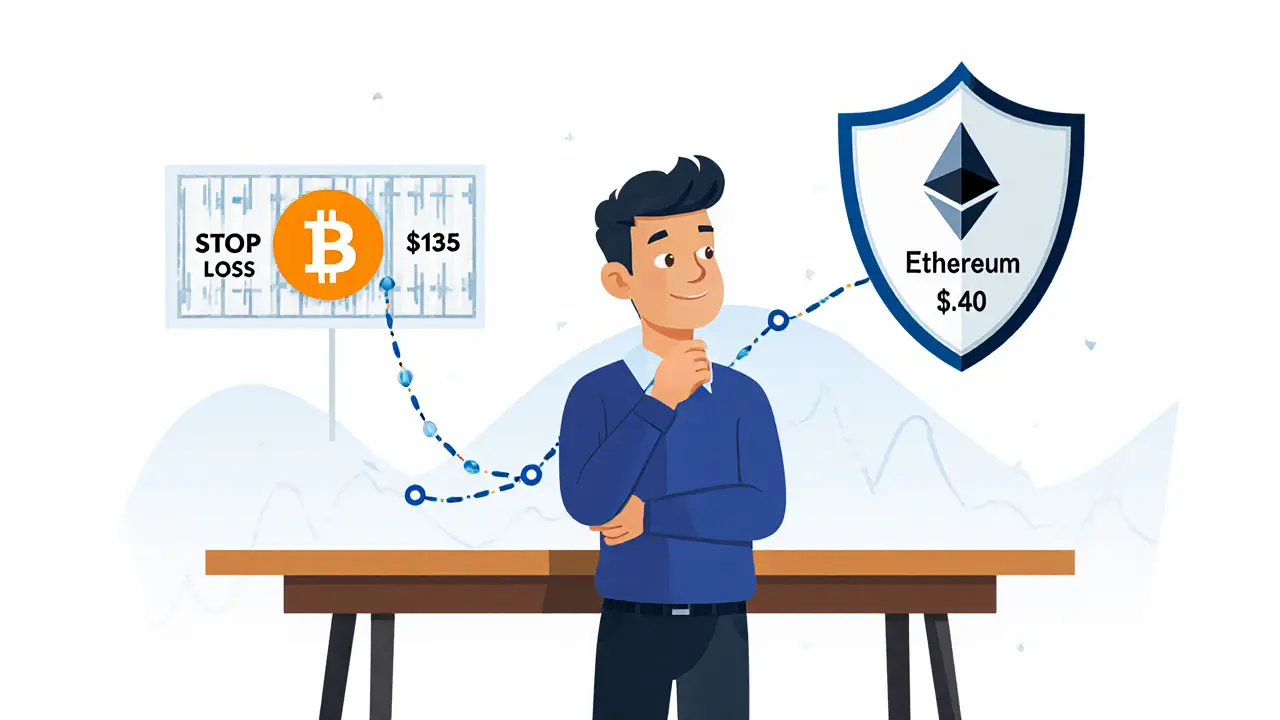Risk Management in Crypto: Protect Your Investments from Losses
When you trade risk management, the practice of identifying, analyzing, and reducing potential losses in financial decisions. Also known as crypto safety, it’s not about avoiding the market—it’s about surviving it. Most people lose money in crypto not because prices crash, but because they never learned how to protect themselves. You can have the best coin, the hottest airdrop, or the fastest exchange—but if you don’t have a plan for when things go wrong, you’re just gambling.
Crypto hedging, a strategy to offset potential losses by taking opposite positions in related assets isn’t just for Wall Street pros. People use it every day—buying stablecoins when markets look shaky, using futures to lock in prices, or holding a mix of coins so one crash doesn’t wipe out everything. Look at the posts here: someone lost everything on Zeddex because they trusted a zero-fee DEX with no liquidity. Another person protected their portfolio by using liquidity mining, earning rewards by providing funds to decentralized trading pools on Curve or Arbitrum, where the risk is lower and the returns are predictable. And then there’s the guy in Nepal who got jailed for trading crypto—he didn’t know the law, and that’s a risk too. Risk management isn’t just about price charts. It’s about knowing who you’re trusting, what rules apply, and how much you can afford to lose.
You’ll find real stories here—not theory. How a $20,000 airdrop turned into pennies. Why Thailand’s 5-year tax break only works if you use licensed exchanges. How Pakistanis bypass banking bans with P2P trades. These aren’t just headlines—they’re lessons. Every post here shows what happens when risk management fails, and sometimes, how it saved someone. You won’t find vague advice like "just diversify." You’ll see exactly which tokens are dead, which exchanges are scams, and which strategies actually work in 2025. Whether you’re holding SCRT for privacy, METH for staking rewards, or TCT from a random airdrop, the same rules apply: know your exposure, know your exit, and never assume it’s safe because it’s popular.
Stop-Loss vs Trailing Stop: Which One Protects Your Crypto Trades Better?
Stop-loss and trailing stop orders are essential tools for protecting crypto trades. Learn how each works, when to use them, and how top traders combine both to maximize gains and minimize losses.
Details +